Organic farmers in India
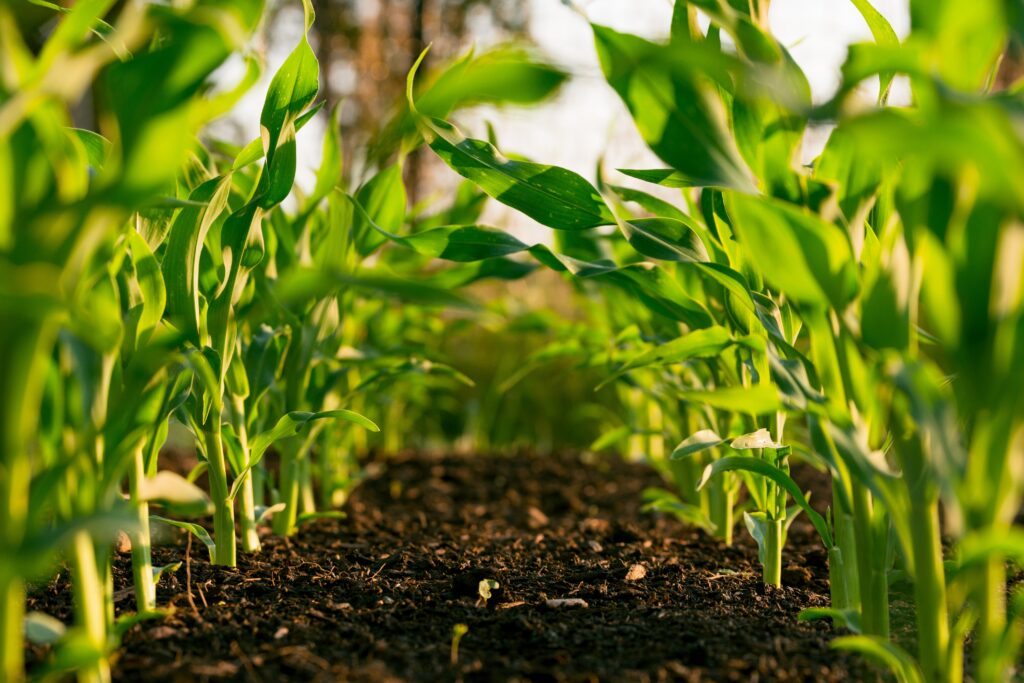
For a nation that has to provide for what will soon be the world’s largest population, it is difficult to grow food while trying to reduce already high greenhouse gas emissions from agricultural practices. Currently, agriculture and animal husbandry account for 14% of India’s gross national greenhouse gas emissions. If electricity used by the agricultural sector is added, this figure rises to 22 percent.
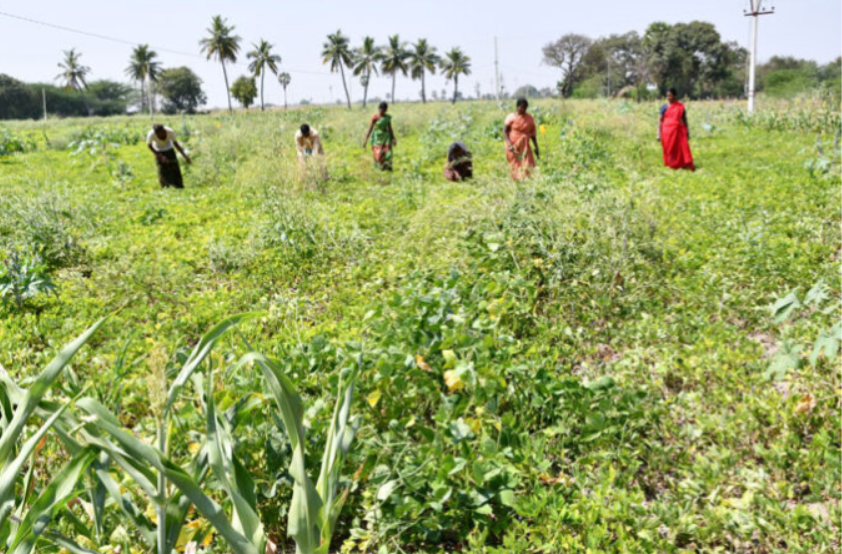
Farmers in India are already feeling the effects of climate change deeply, dealing with dry spells, erratic rainfall and increasingly frequent heat waves and tropical cyclones. At present, significant groups have been reached to apply the philosophy of agroecology, which are sustainable and regenerative practices such as natural agriculture and agroforestry.
Agroforestry involves planting woody perennials (trees, shrubs, palms, bamboos, etc.) along with agricultural crops. A natural growing method calls for replacing all chemical fertilizers and pesticides with organic matter such as cow dung, cow urine, and jaggery, a type of solid dark sugar made from sugarcane, to increase nutrient levels in the soil. These techniques have made it possible to reduce its carbon footprint, which negatively affects the climate.
Interesting, don’t you think? What do you think?
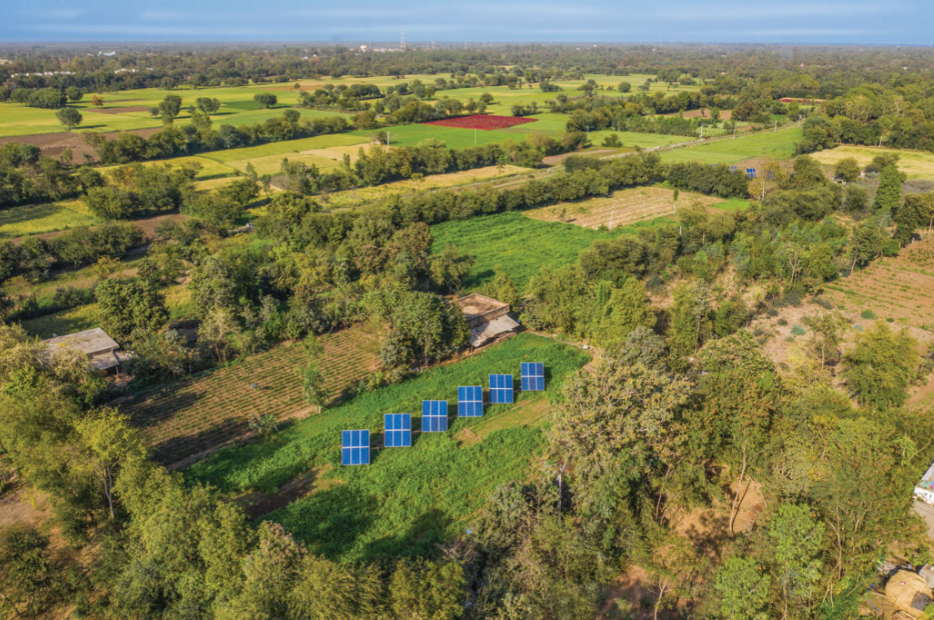
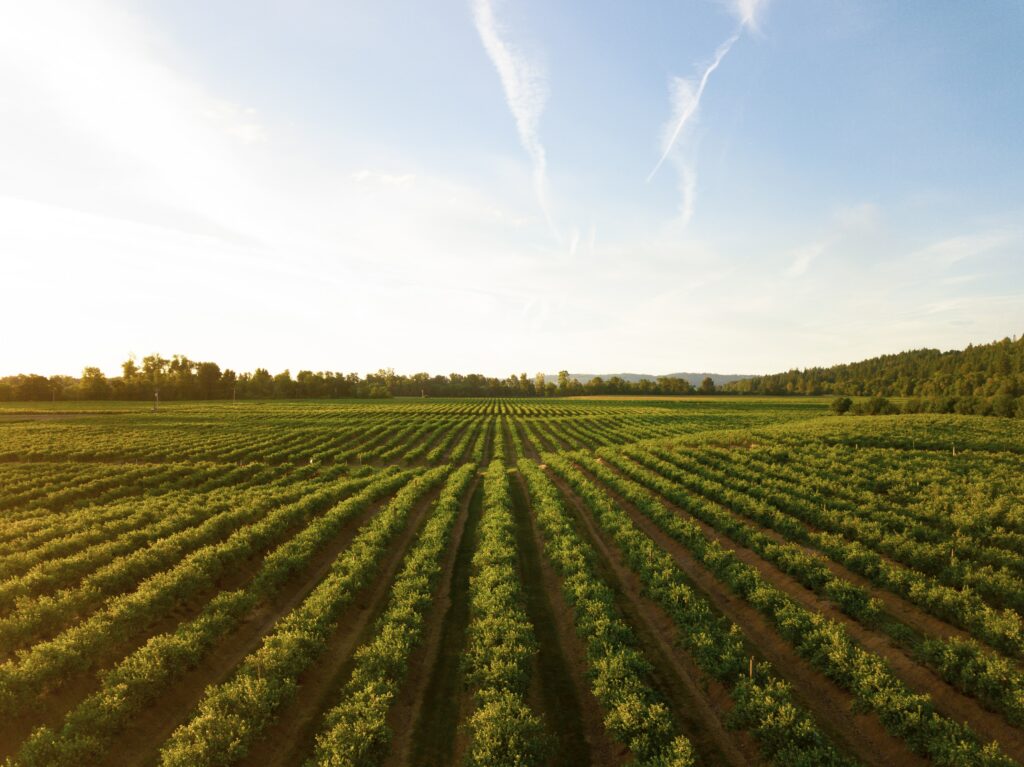


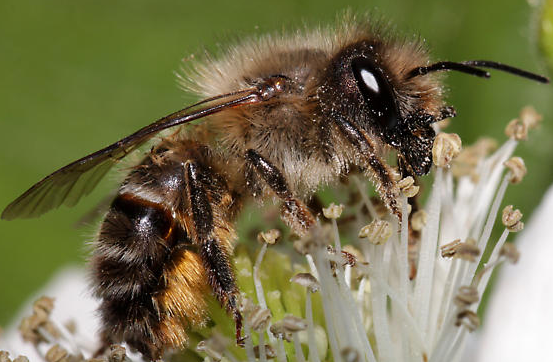

Responses